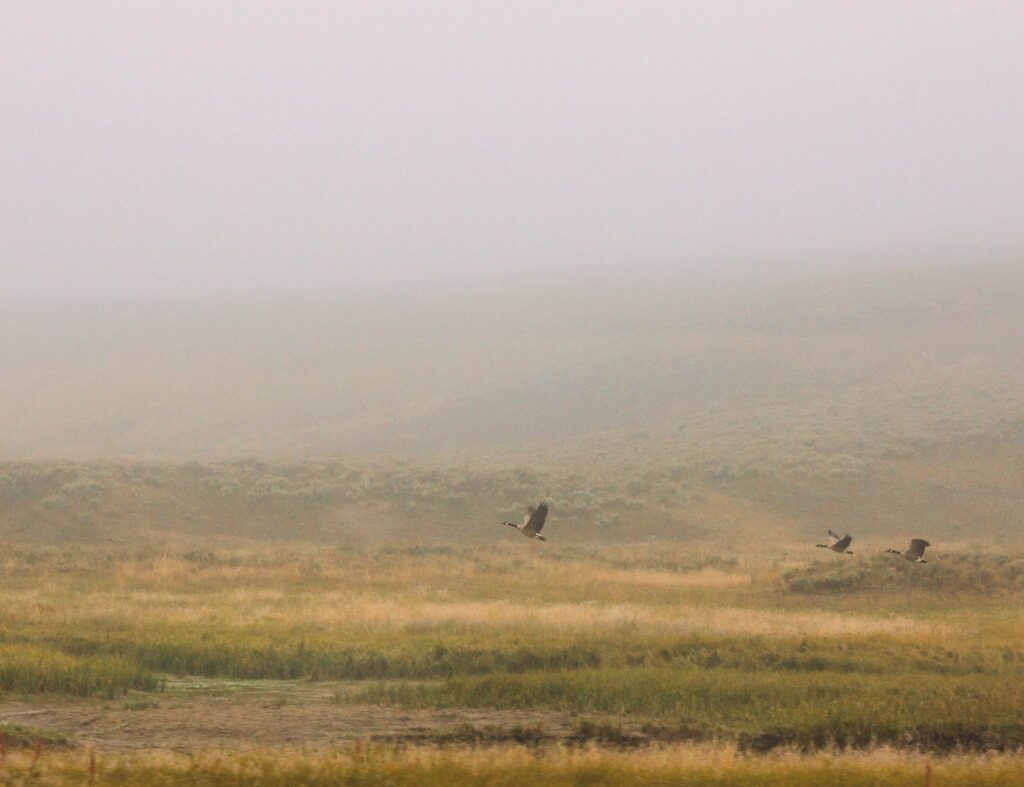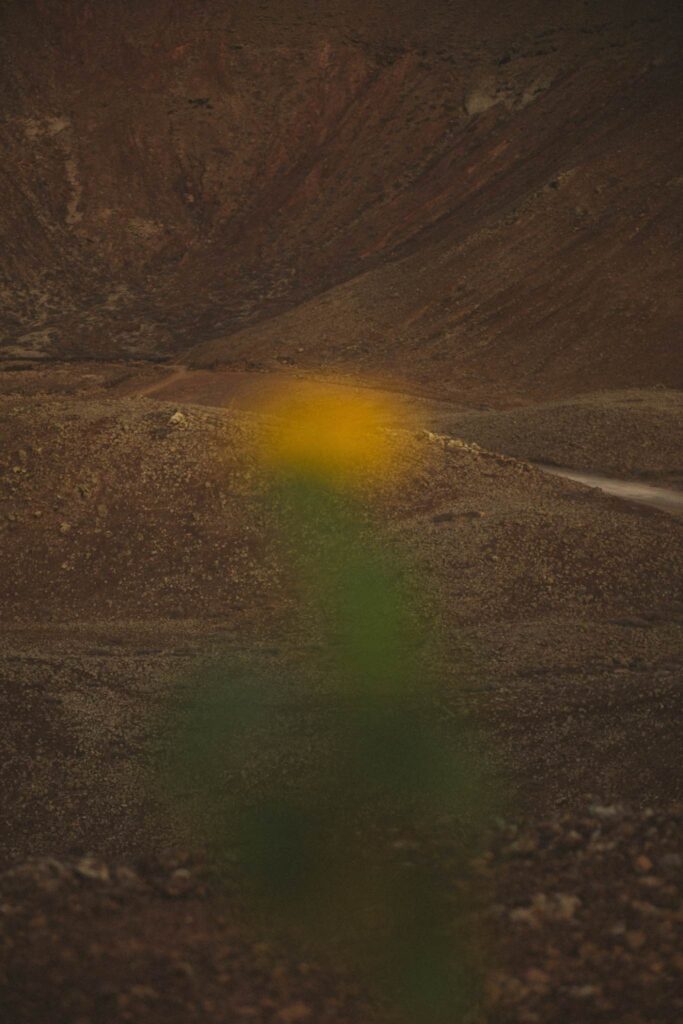We must not keep time for the sake of it. Instead, we have to know time, to have it in abundance, and to realise our inner wisdom, which is intertwined with the rhythms of nature herself.
Priyanka SinghEmbodied States of Being: A Timeless Creation | Priyanka Singh
I vividly remember the first time I learned the word ephemeral. I was able to memorise it with a certain ease since the word was taught to me with the example of a fly that only lives for a few number of days—to be precise, a day or two as an adult. I was awestruck by the strangeness of a being that only survives for such a brief period. I often wondered what time must have felt to the mayfly, also known as Ephemeroptera.
But now this curiosity has taken on a different shape, a step further into time itself as an entity of its own, what is time after all? The more I struggled to define time, the further it slipped away. We are on the same clock, at least for people living in the same time zone; however, we experience it differently. The absurdity and complexities of human existence cannot be objectified with a measurable unit that is purely numerical.
When we think about a certain period of time in context of how we felt, whom we met, and what we did, It doesn’t necessarily fit in the calendar and clock measurement units. For instance, the moment you realised you had fallen in love, had a great revelation, or was mystified by a flower, tree, or sky, now try to remember the date and time of that particular moment. It’s unlikely you do remember it by heart, but in your vision, the moment is clear, and that’s the most beautiful thing about time: that all the best times are essentially timeless.
In the past, before the invention of mechanical timekeeping, humans reckoned with celestial movements, flora, and fauna to decide unions and help them come together. They pointed in a certain direction, and when the sun reached that point, they would meet, or the tribes would know when to meet each other by observing a certain species that had conceived or migrated.
Time wasn’t always an external construct; in some cultures, it still prevails as an embodied practice felt in connection with oneself and the ecosystem.

In research done by anthropologist Vera Da Silva Sinha, working with three indigenous communities in Brazil: Huni Kuĩ (Pano, North-West Amazonia), Awetý, and Kamaiurá (Tupi Guaraní; Xingu National Park), she investigated the lingual and cultural understanding of temporal perceptions.
According to her, there is no conceptualisation of time as such for these communities but rather an event-based awareness. There are ‘dry seasons’ and ‘rainy seasons’, but there are no names for days or months.The cues are taken from the sound or appearance of celestial bodies and fauna to understand a particular moment, plan an activity or schedule a festival. For example, when a certain species of bird starts singing, everybody knows dawn is approaching.
“Life is not thought of as progression on a timeline, but as a differentiated sequence of ‘states of being’”.
Vera Da Silva Sinha
The age of a person is not seen as the number of years that they have lived, but rather the skills and rites of passage they have taken. For instance, an old woman who hasn’t married or had any children would be considered young; on the contrary, a younger person who knows certain skills, such as fishing, would be considered an adult.
When asked where the past and future are found, for Awetý and Kamaiurá speakers, the past resides in their eyes since memory could be ‘seen’ in the mind’s eye, and ‘remembering is seeing’. They are seeing to understand the remembered world. The future is in front of the eyes, not distant but unfolding in the visual field.
For the Huni Kuĩ, the past resides in the heart and the future in the mind, coinciding with thought.
In these indigenous Brazilian languages, no event is behind the speaker but all events of the ‘past’ and ‘future’, as known in English, are located and anticipated in the body through the eye, heart and mind.


In the aboriginal community, a way of being called ‘jukurrpa’ in the Warlpiri language and ‘bugarrigarra’ in the Yawuru language, loosely translated as ‘The Dreaming’ is not solely the visions and thoughts seen in sleep but a state of being that relates to creation, the stories of ancestors, and holds all of the moments of the past, present, and future simultaneously in a union through a non-linear knowing of temporality – “everywhen” as coined by Australian anthropologist W.E.H. Stanner.
“One cannot ‘fix’ The Dreaming in time: it was, and is, everywhen.”
W.E.H. Stanner
Australian Anthropologist

We live in a world that is deeply longing to be seen, heard, and understood. The landscape is revealing to us both the crisis and the miracle simultaneously, but we haven’t been noticing either. Perhaps we have been looking somewhere else, maybe at our screens with an average of 6 hours a day for European citizens.
Metric time itself is an invention of industrialisation and is embedded deep into our way of life. In an attempt to become productive, we spend hours in front of the screen, our attention is taken away from us, and our life force is being capitalised on. The personal or ecological crisis won’t go away from denying the shadows, what if we started bringing the miracle of our awareness into light since the shadow is only a place where light hasn’t yet entered. To shine this light into our being, we have to ask questions, become curious, and become active participants in our own journey.
We must not keep time for the sake of it. Instead, we have to know time, to have it in abundance, and to realise our inner wisdom, which is intertwined with the rhythms of nature herself.
Our own rhythms don’t need to be compared to any metric value. We are here because somebody has dreamed of us, and to acknowledge this is perhaps a way to awaken and dream at the same time, with our eyes wide open. The creation is a sign of the creator as well as our ancestors and ourselves, and that is purely timeless.
We shouldn’t be limited by the mechanical understanding of time instead connect to the omnipresent energy of the universe, to the one that knows all is always in accordance with the spirit, the one that reveals for the bear when to hibernate, the one that guides the deer to shed the antlers, and the one that makes the mayfly emerge in the air just for a day or two to live in a slow-moving creation.
Words by Priyanka Singh




